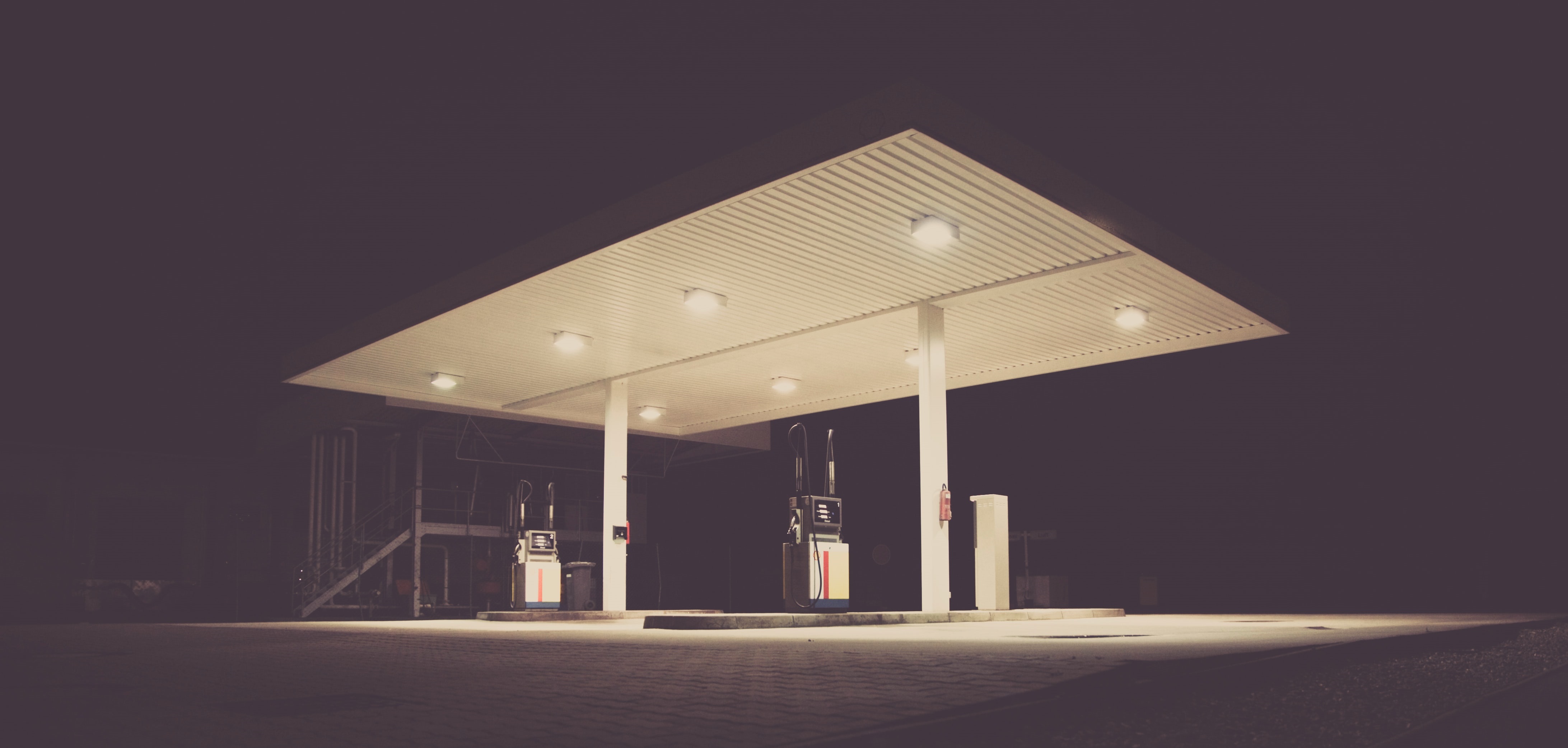
Falling oil prices have fanned hopes that demand will soften in the wake of an economic slowdown. Meanwhile, signs also point to an increase in demand while supply constraints tighten.
“There is a growth slowdown being priced in right now, so I wouldn’t be surprised if prices on a barrel (WTI) go down to around US$ 100,” comments Aidan Garrib, Head of global macro strategy and research, at PGM Global.
But that could prove only a temporary reprieve. Prices could stay down for the next couple of months, Garrib believes, and consumers could curtail their consumption and modify their vacation plans because high prices hurt their vacation budgets, “but we have these product shortages,” he continues, “and then winter will be coming, especially in Germany, which has been forced to move to coal and, if shortages persist, could have to go to brownouts.”
But those are circumstantial factors that still need to manifest themselves. In the meantime, “though demand destruction could result from rate increases by the Federal Reserve, there’s no evidence yet of demand destruction for oil,” asserts Allen Good, Energy equity strategist at Morningstar.
Underground Currents
Much deeper forces are at play contributing to sustained high prices, identified by Eric Nuttal, Partner and Senior portfolio manager at Ninepoint Partners in a recent opinion piece for the Financial Post: persistent demand growth for at least the next 10 years, the end of shale hyper-growth in the United States, defined as shale production growth rates that no longer exceed global demand growth, stagnant production growth from the global super-majors resulting from eight years of insufficient investment and, finally, the exhaustion of OPEC’s spare capacity.
One major development pushing on oil prices will be China reopening after its prolonged Covid lockdowns, Helima Croft, global head of commodity strategy at RBC Capital Markets, told CNBC. We tend to forget how much expectations in developing economies could drive demand. “In developing countries, populations are increasing and there’s a massive appetite for all the trappings of affluence: SUVs, central heating, air conditioning,” points out Rafi Tahmazian, Director and Senior portfolio manager of the Canoe Energy Alpha fund.
And let us not forget how, in developed economies, Covid has exacerbated the need for oil, he continues: “We wrap everything in plastic more than ever, six vans come to deliver things to our door, we all drive our individual cars to run away to houses we’ve bought far from the city.” And now, frustrated by long Covid confinements, people are cramming into airplanes, congesting airports like never before.
No New Oil
While demand doesn’t give signs of relenting, supply is suffering from an unprecedented crunch. The major oil producers are not bringing any new oil online. “Global super-majors are entrenched in a multi-year period of stagnation due to too many years of underspending,” Nuttall writes.
Most of all, like Nuttall, Croft points to an unprecedented factor: OPEC is producing below quota levels and nearing spare capacity exhaustion. For many decades now, OPEC has been the security valve of the oil world, increasing production to ease tightening supplies, and reducing it when oil flows too freely. That mechanism seems broken: for the first time, OPEC isn’t supplying that little shove that would push prices down.
“Per our calculations, the cartel is more than 800 million barrels a day short of its required production,” writes Allen Good in a recent Morningstar report he co-authored (Oil Market Update: June 2022 – Pumped Up Prices). Tahmazian has a more distressing reading: “OPEC is producing 2.6 million barrels a day less than what it claims,” he says, “It can’t match its quotas.”
Other factors constrain supply, notably a lack of refining capacity and dwindling reserves. “In North America, refining has been shrinking dramatically for a decade,” Tahmazian laments, while reserves are 14% below their five-year average, a deficit he judges to be “quite significant”. That deficit is the reason “why oil is recession-proof in this cycle,” he believes. If prices soften, the need for governments to replenish their reserves will pump up prices again.
Renewables Not There Yet
Many observers believe that renewable energy sources are already undermining the pre-eminence of oil, a consensus view that Good sums up: “The fossil fuel era is rapidly drawing to a close, claims that view. There are cost-effective and convenient substitutes for all oil products, or there soon will be as governments around the world unite to incentivize investment in alternative solutions.” To that, Good retorts: “Electric vehicle sales are accelerating (…), but vehicles have a 15-year lifespan, so it will take years for EV sales to filter to the vehicle stock. And besides gasoline, other oil products (eg. Plastics and jet fuel) lack viable substitutes.”
“We are in a structural deficit for a decade,” Tahmazian sums up, a view Good agrees with:
“We project oil demand to peak around 2030, with demand decreasing only gradually after that.” And that decrease will not be dramatic, with Good expecting only an 11% drop between 2030 and 2050: “This puts us closer to the bulls than to the bears on long-term oil demand.”


makati1 on Tue, 30th Aug 2022 4:43 pm
Oil will be in demand as long as it lasts. It will just not be wasted like today. It should have always been $1,000/bbl or more.
BTW: gasoline here in the Philippines is about P85/L or about $6/gal. It has never been lower than $4.50/gal in the 14 years I have lived here. Americans are spoiled and are now entering the real world. So be it. About time!
backrooms game on Mon, 31st Oct 2022 10:49 pm
Falling oil prices have fueled hopes that economic slowdown will reduce consumption. Meanwhile, demand is rising as supply tightens.